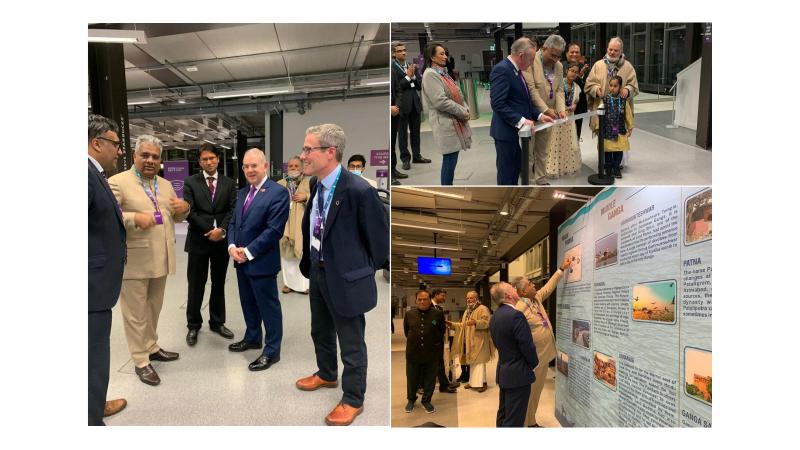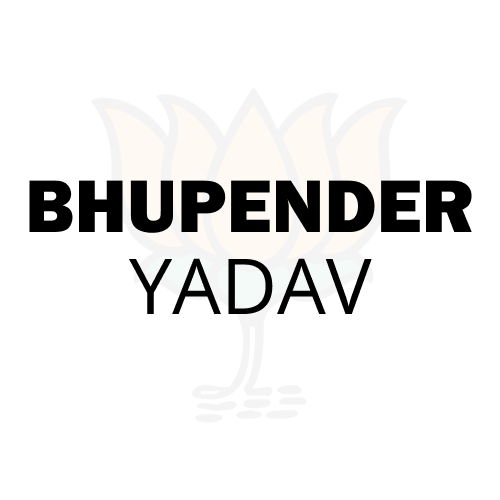
COP26 Diary | 09-11-2021
09/11/2021
BLOG
COP26 Diary
I returned to Glasgow to participate in the ongoing negotiations at COP26 today.
The second leg of my Glasgow visit took off with inaugurating the Ganga Connect Journey of Ganga Rejuvenation UK Exhibition and Outreach.
Ganga Connect is a global exhibition that will showcase multiple facets of the river basin and connect with interested parties. This project is important from the point of view preserving and protecting Ganga and its ecosystem and creating widespread awareness about the river basin.
The exhibition offers a clear and deep understanding of the size, magnitude and complexity of the Ganga riverine ecosystem, puts a spotlight on the solutions, shares a status update and execution timeline, illustrates the deep spiritual and philosophical connect that Indians have with the river, enables engagement with interested parties and the diaspora who want to get involved in the rejuvenation, restoration and conservation of the river system.
The exhibition will go on in Glasgow till November 10.
At COP26 negotiations, meanwhile, during the 11th Facilitative Sharing of Views (FSV), India made a presentation on its third Biennial Update Report (BUR) that was submitted to United Nations Framework Convention on Climate Change (UNFCCC) in February 2021.
India highlighted the fact that the country represents 17% of the global population, but its historical cumulative emissions are only 4%, while current annual greenhouse gas (GhG) emissions are only about 5%.
India underlined that this is complemented by the fact that the country is particularly vulnerable to climate change. However, India is taking several mitigation actions, spanning across economy and society and has progressively continued decoupling of its economic growth from GhG emissions.
The key highlight of the discussion on India’s third BUR was the achievement of 24% reduction in emission intensity of its Gross Domestic Product over the period of 2005-2014, and the significant increase of its solar programme. In the last seven years, India’s installed solar energy capacity has increased 17 times.
India highlighted that disaster risk is increasing in developing countries and that the Coalition for Disaster Resilient Infrastructure (CDRI) is a step towards enhancing global cooperation which is the need of the hour.
India also underscored that the increase in its forest cover. India said that people’s participation has played an important role in enhancing the country’s forest cover, and that its forests provide all the four ecosystem services: regulating services, provisioning services, cultural services and supporting services.
India highlighted that it speaks on climate change from a position of strength and responsibility.
